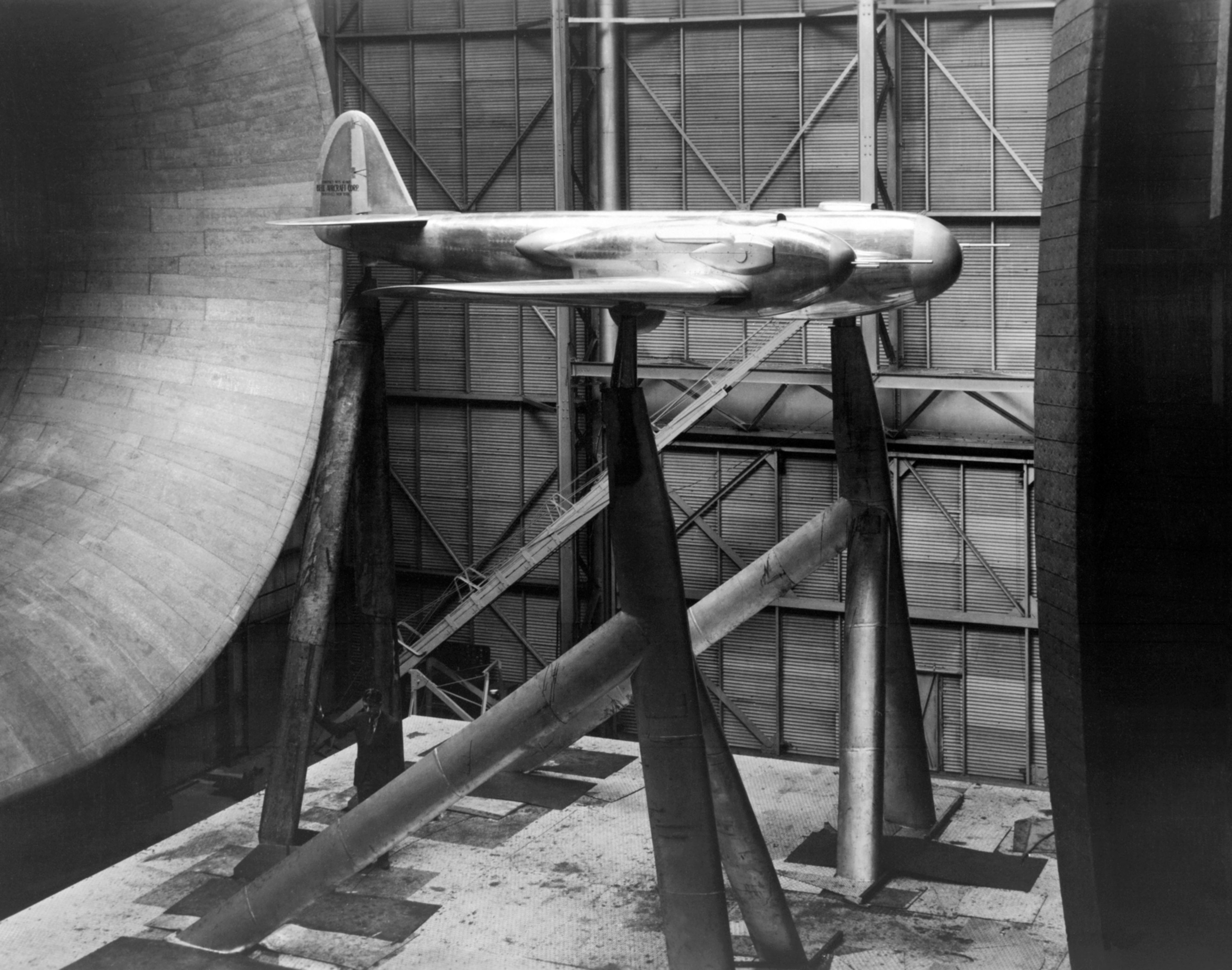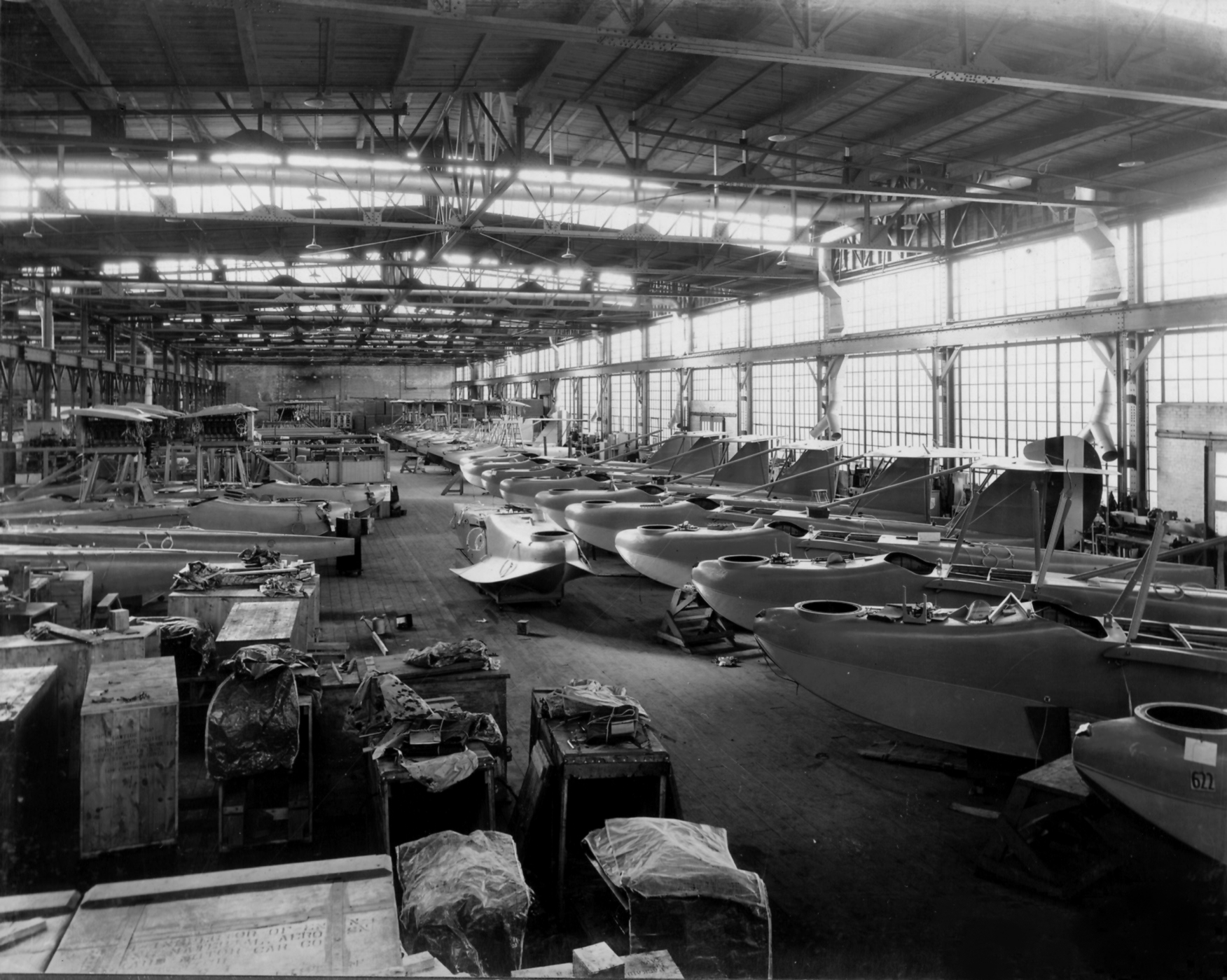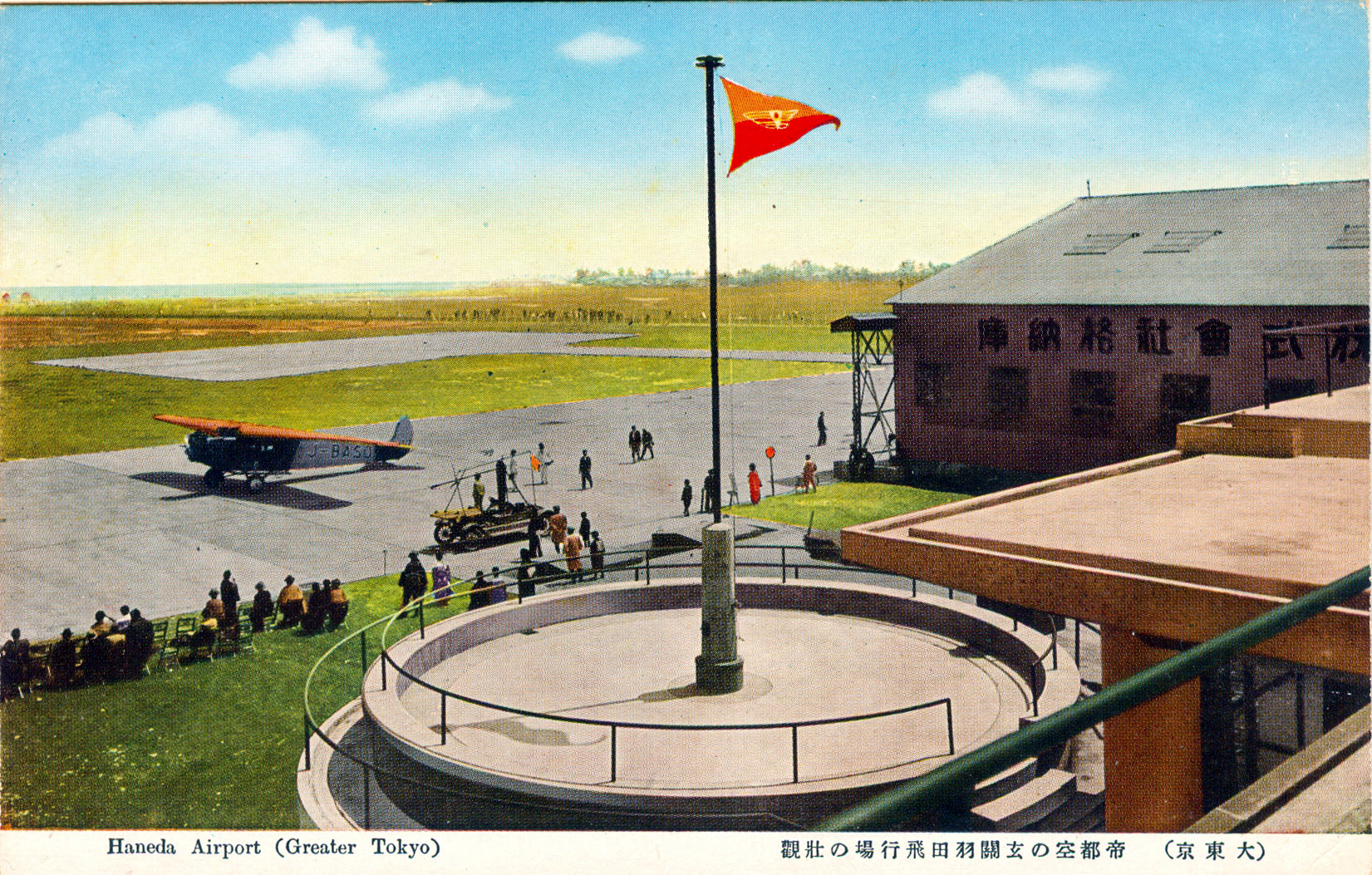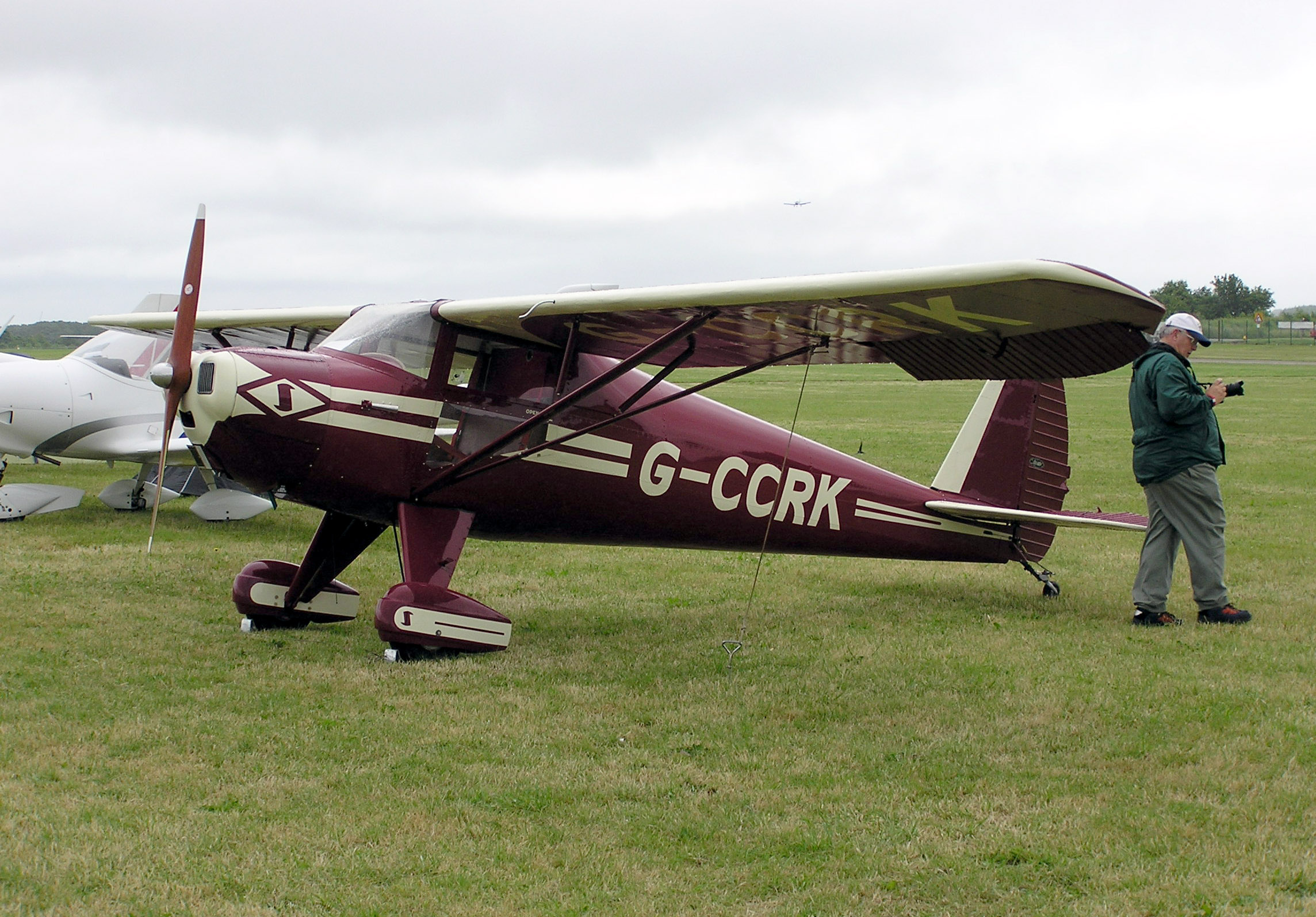|
Model 8 (other)
Model 8 may refer to: Aviation * Bell Model 8 Airacuda, a heavy fighter aircraft * Boeing Model 8, a biplane aircraft * Consolidated Model 8, an observation and training airplane * Convair Model 8, a jet fighter family * Curtiss Model 8 (HS-1), a flying boat * Fleet Model 8, a biplane airplane * Fokker Model 8 Super Universal, a prop-driven airliner * Lockheed Model 8 Sirius, prop-driven monoplane aircraft * Luscombe Model 8 Silvaire, high-wing general aviation aeroplane Weapons * Model 08 Semi-Automatic Pistol 0.3 Inch, a German WWII service pistol * Remington Model 8, semiautomatic rifle * Walther Model 8, single-action pistol Other uses * Renault Model 8, a road car See also * * Model (other) * 8 (other) * M8 (other) M8 or M-8 or M.08 or ''variant, may refer to: Computing and electronics * M8 (cipher), an encryption algorithm * Leica M8, a digital rangefinder camera * HTC One (M8), a smartphone * Meizu M8, a smartphone Places * Messier 8, ... [...More Info...] [...Related Items...] OR: [Wikipedia] [Google] [Baidu] |
Bell Model 8 Airacuda
The Bell YFM-1 Airacuda was an American heavy fighter aircraft, developed by the Bell Aircraft Corporation during the mid-1930s. It was the first military aircraft produced by Bell. Originally designated the Bell Model 1, the Airacuda first flew on 1 September 1937. The Airacuda was marked by bold design advances and considerable flaws that eventually grounded the aircraft. The Airacuda was Bell Aircraft's answer for a "bomber destroyer" aircraft. Although it did see limited production, and one fully operational Squadron (aviation), squadron was eventually formed, only one prototype and 12 production models were ultimately built, in three slightly different versions. Design and development In an effort to break into the aviation business, Bell Aircraft created a unique fighter concept touted to be "a mobile anti-aircraft platform"Winchester 2005, p. 74. as well as a "convoy fighter."Hanson, David"Bell YFM-1 Airacuda."''daveswarbirds.com'', September 2009. Retrieved: 18 October ... [...More Info...] [...Related Items...] OR: [Wikipedia] [Google] [Baidu] |
Boeing Model 8
__NOTOC__ The Boeing Model 8, a.k.a. BB-L6, was an American biplane aircraft designed by Boeing specifically for their test pilot, Herb Munter. Development and design The Model 8 design was inspired by the Ansaldo A.1 Balilla The Ansaldo A.1, nicknamed "Balilla" after the Genoan folk-hero, was Italy's only domestically-designed fighter aircraft of World War I to be produced in Italy. Arriving too late to see any real action, it was however used by both Poland and t .... The fuselage was covered in mahogany plywood, with a two-passenger forward cockpit and pilot rear cockpit, a seating configuration that would be the standard for all following three-seaters. The wing configuration and powerplant were similar to the Boeing Model 7. The Model 8 first flew in 1920, and was the first aircraft to fly over Mount Rainier. The aircraft was destroyed in a hangar fire in Kent, Washington in 1923.Bowers, 1989. pg. 54. Specifications (BB-L6) References * Bowers, Peter M. ... [...More Info...] [...Related Items...] OR: [Wikipedia] [Google] [Baidu] |
Consolidated Model 8
The Consolidated O-17 Courier (company designation Model 2) was an observation and training aircraft used by the United States National Guard. Development A parallel development to the Consolidated PT-3 series, the XO-17 was a converted PT-3 with such refinements as improved fuselage streamlining, oleo shock absorbers, wheel brakes, balanced elevators and increased fuel capacity. It was used almost exclusively as a cross-country flying, gunnery, photographic and radio trainer. The O-17 had a removable fairing (carrying a Scarff ring mounting for one .30 cal (7.62 mm) trainable Browning machine gun}. The Royal Canadian Air Force purchased three generally similar aircraft, two Model 7 landplanes and one Model 8 floatplane, the latter with the same float gear as the NY series. The sole XO-17A was converted from the PT-3 as a demonstrator that failed to secure any orders. It was later fitted with the experimental Packard DR-980 Diesel engine of 225 hp (168 kW). T ... [...More Info...] [...Related Items...] OR: [Wikipedia] [Google] [Baidu] |
Convair Model 8
The Convair F-102 Delta Dagger was an American interceptor aircraft designed and manufactured by Convair. Built as part of the backbone of the United States Air Force's air defenses in the late 1950s, it entered service in 1956. Its main purpose was to intercept invading Soviet strategic bomber fleets (primarily the Tupolev Tu-95) during the Cold War. A total of 1,000 F-102s were built. A member of the Century Series, the F-102 was the USAF's first operational supersonic interceptor and delta-wing fighter. It used an internal weapons bay to carry both guided missiles and rockets. As originally designed, it could not achieve Mach 1 supersonic flight until redesigned with area ruling. The F-102 replaced subsonic fighter types such as the Northrop F-89 Scorpion, and by the 1960s, it saw limited service in the Vietnam War in bomber escort and ground-attack roles. It was supplemented by McDonnell F-101 Voodoos and, later, by McDonnell Douglas F-4 Phantom IIs. Many of the ... [...More Info...] [...Related Items...] OR: [Wikipedia] [Google] [Baidu] |
Curtiss Model 8 (HS-1)
The Curtiss HS was a single-engined patrol flying boat built for the United States Navy during World War I. Large numbers were built from 1917 to 1919, with the type being used to carry out anti-submarine patrols from bases in France from June 1918. It remained in use with the US Navy until 1928, and was also widely used as a civil passenger and utility aircraft. Development and design In late 1916, the Curtiss Aeroplane Company produced a new twin-engined flying boat, which was smaller than both the current Curtiss H-12 being built for Britain's Royal Naval Air Service and the earlier Curtiss H-4, with the new design given the factory designation Model H-14, although its design was unrelated to earlier Model H variants. The H-14 was a conventional unequal-span, unstaggered biplane, powered by two 100 hp (75 kW) pusher Curtiss OXX engines mounted between the wings. An order for 16 was placed by the United States Army before the prototype flew, but the prototype was ... [...More Info...] [...Related Items...] OR: [Wikipedia] [Google] [Baidu] |
Fleet Model 8
The Fleet Model 1 (originally the Consolidated Model 14 Husky Junior) and its derivatives were a family of two-seat trainer and sports biplanes produced in the United States and Canada in the 1920s and 1930s. They all shared the same basic design and varied mainly in their powerplants. Development The Fleet Model 1 and its derivatives were all orthodox biplanes with staggered, single-bay wings of equal span and fixed tailskid undercarriage. Accommodation was provided for two in tandem, originally sharing a single open cockpit, but in most examples in separate open cockpits. The fuselage was made of welded steel tube with triangular-layout Warren truss construction pattern side structures typical of the time, and the wings had a wooden spar with duralumin ribs, the entire aircraft being fabric-covered. Despite a superficial resemblance to Consolidated's highly successful Trusty and Husky designs (hence the "Husky Junior" nickname), the Model 14 was an all-new design. Origin ... [...More Info...] [...Related Items...] OR: [Wikipedia] [Google] [Baidu] |
Fokker Model 8 Super Universal
] The Fokker Super Universal was an airliner produced in the United States in the late 1920s, an enlarged and improved version of the Fokker Universal, fitted with cantilever wings and an enclosed cockpit. It was subsequently also manufactured under license in Canada, and in Japan as the Nakajima-Fokker Super Universal and for the IJAAF as the Nakajima Ki-6 and later in the puppet state of Manchukuo as the Manshū Super Universal. Design and development The Super Universal was a conventional, high-wing cantilever monoplane with a fully enclosed flight deck and cabin and a fixed undercarriage. Improvements over its forerunner included an enclosed cockpit and a new wing that eliminated the requirement for struts, bringing it in line with the rest of Fokker's designs. The preceding Fokker Universal was built with an open cockpit but many were converted.Molson 1974, p. 271. Construction was as per standard Fokker practice, with the wing being made almost entirely of wood with two main ... [...More Info...] [...Related Items...] OR: [Wikipedia] [Google] [Baidu] |
Lockheed Model 8 Sirius
The Lockheed Model 8 Sirius was a single-engined, propeller-driven monoplane designed and built by Jack Northrop and Gerard Vultee while they were engineers at Lockheed in 1929, at the request of Charles Lindbergh. Two versions of the same basic design were built for the United States Air Force, one made largely of wood with a fixed landing gear, and one with a metal skin and retractable landing gear, designated Y1C-25 and Y1C-23, respectively. Its basic role was intended to be as a utility transport. History A total of 15 Sirius aircraft were constructed in 1929 and 1930. The first and best known Sirius was bought by Lindbergh, and in 1931, as NR-211, it was retrofitted to be a float plane."Lockheed Sirius "Tingmissartoq", Charles A. Lindbergh." ''Smithsonian ... [...More Info...] [...Related Items...] OR: [Wikipedia] [Google] [Baidu] |
Luscombe Model 8 Silvaire
The Luscombe 8 is a series of high-wing, side-by-side-seating monoplanes with conventional landing gear, designed in 1937 and built by Luscombe Aircraft. Development Luscombe Aircraft closed in 1949, with its assets purchased by Temco Aircraft, also US-based.Gunston 2005, p. 294. Temco built about 50 Silvaires before selling the rights to the Silvaire Aircraft Corporation in 1955. Silvaire Aircraft Company: When TEMCO chose to discontinue production, the Luscombe tooling, parts and other assets were purchased by Otis Massey. Massey had been a Luscombe dealer since the 1930s. His new venture opened in Fort Collins, Colorado, as Silvaire Uranium and Aircraft Corp. From 1956 to 1961, this firm produced 80 aircraft. The make and model for all 80 was Silvaire 8F, with "Luscombe" shown in quotation marks in company literature. N9900C, serial number S-1, was built in 1956. This first aircraft was constructed from spares or Material Review Board (MRB) parts that were serviceable, ... [...More Info...] [...Related Items...] OR: [Wikipedia] [Google] [Baidu] |
Model 08 Semi-Automatic Pistol 0
A model is an informative representation of an object, person or system. The term originally denoted the plans of a building in late 16th-century English, and derived via French and Italian ultimately from Latin ''modulus'', a measure. Models can be divided into physical models (e.g. a model plane) and abstract models (e.g. mathematical expressions describing behavioural patterns). Abstract or conceptual models are central to philosophy of science, as almost every scientific theory effectively embeds some kind of model of the physical or human sphere. In commerce, "model" can refer to a specific design of a product as displayed in a catalogue or show room (e.g. Ford Model T), and by extension to the sold product itself. Types of models include: Physical model A physical model (most commonly referred to simply as a model but in this context distinguished from a conceptual model) is a smaller or larger physical copy of an object. The object being modelled may be small (for ... [...More Info...] [...Related Items...] OR: [Wikipedia] [Google] [Baidu] |
Remington Model 8
The Remington Model 8 is a semi-automatic rifle designed by John Browning and produced by Remington Arms, introduced as the ''Remington Autoloading Rifle'' in 1905, though the name was changed to the ''Remington Model 8'' in 1911. History On October 16, 1900, John Browning was granted for the rifle, which he then sold to Remington. Outside the U.S., this rifle was made by Fabrique Nationale of Liege, Belgium, and marketed as the FN Browning 1900. Under an agreement between Remington and FN, the Model 8 would be sold in the US while the FN 1900 would be sold elsewhere. Despite having a larger market, the FN 1900 was sold predominantly to hunters in Western Europe and Canada. Because of the new and yet unproven nature of the autoloading rifle, the FN model never experienced the same level of sales as the Model 8. Cameron Woodall of ''The Great Model 8'', a website dedicated to the rifle, postulates that this was likely due to the difficulty convincing European hunters to spend mo ... [...More Info...] [...Related Items...] OR: [Wikipedia] [Google] [Baidu] |
Walther Model 8
The Walther Model 8 was a 6.35mm single-action pocket pistol manufactured by Carl Walther CmbH between 1920 and 1940. It was fed by an 8-round magazine and chambered in .25 ACP. The Model 8 is a blowback pistol with a concealed hammer and has several design features that were innovative for Walther, including fewer parts and an easier disassembly. The Model 8 was produced at the about same time as the smaller and less popular Walther Model 9. Description The Model 8 was approximately 130mm in length, and weighed 12.5 ounces. The slide fully covered the barrel, and the trigger guard served as a take-down (disassembly) lever, securing the recoil spring, with no barrel bushing. In order to disassemble, the hinged trigger guard had to be pulled down, then the slide was pulled back and up. On the left side of the slide was stamped ''Walther's Patent Mod. 8.'' over the Walther banner. Stamped on the right side of the slide was ''Waffenfabrik Walther Zella-Mehlis (Thür.)'' These in ... [...More Info...] [...Related Items...] OR: [Wikipedia] [Google] [Baidu] |




_Hill.1930s..jpg)


